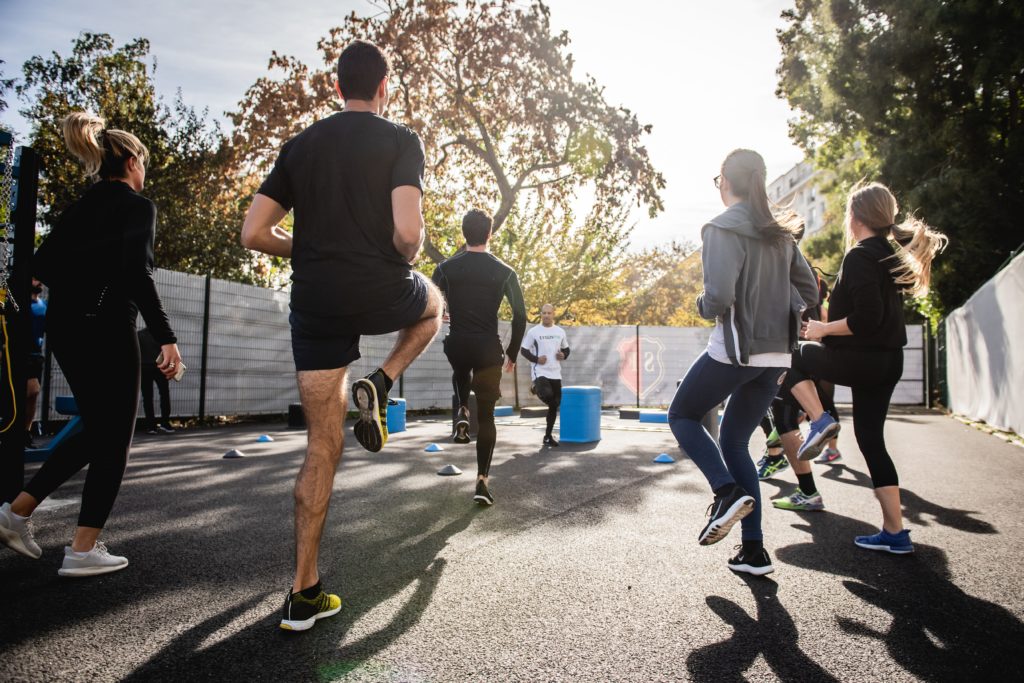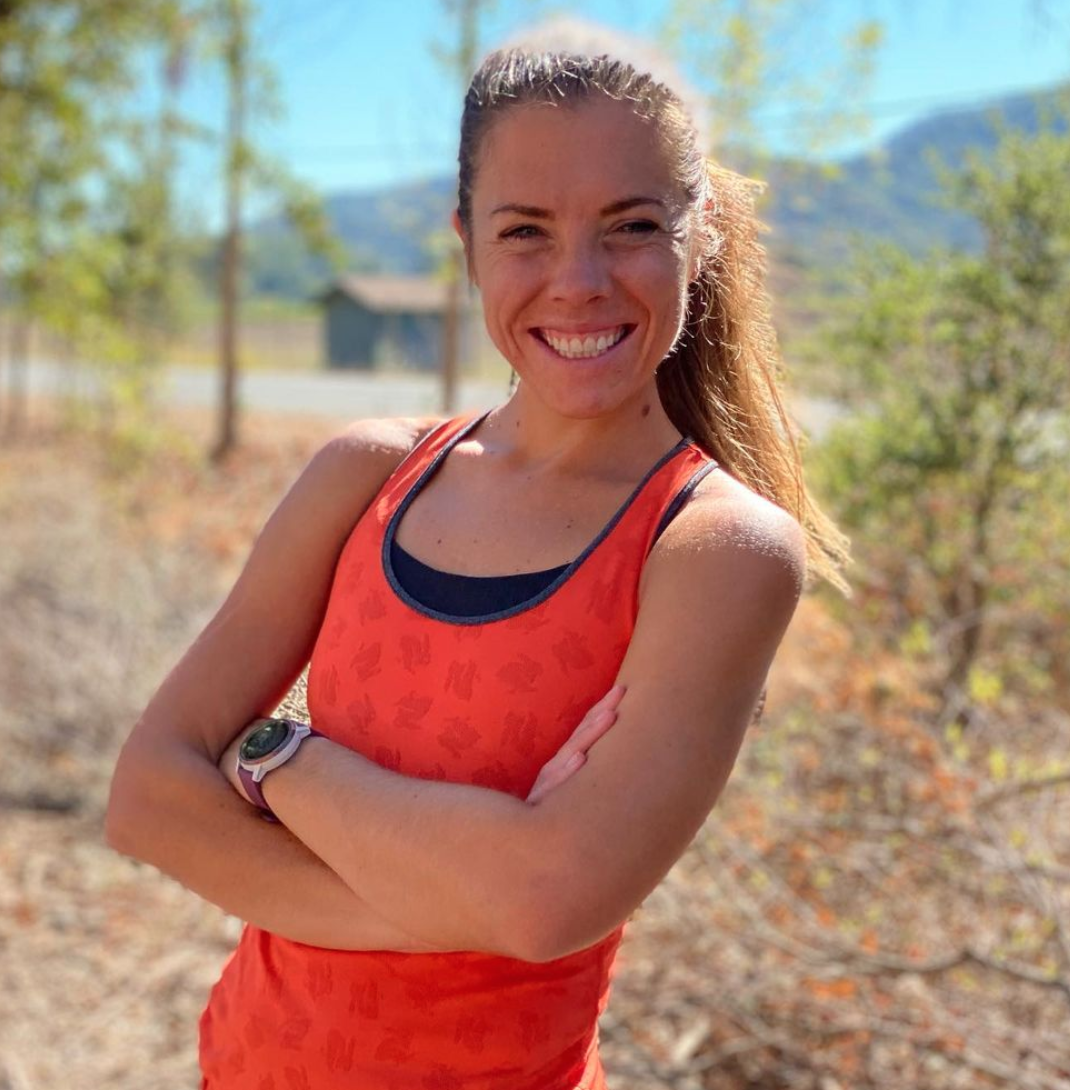Essential Running Drills

As we all know, running drills are essential to improving your running form. Why improve your running form? By improving, you become a more efficient runner and you can run faster with less effort. Anyone can benefit from running drills, from new runners to seasoned veterans.
What Do Running Drills Do?
Running drills will improve your running economy and strengthen your muscles so that you run more powerfully. They also improve your muscle memory, which can lead to better performance.
What Are The Benefits Of Running Drills?
- Strengthen muscles and joints for more power
- Improve running cadence, which can improve your technique and prevent overstriding
- Become more efficient. You’ll be able to produce more oxygen for your muscles with less effort
- Improve your balance and coordination. Also known as neuromuscular fitness, it will help you run smoother and be less susceptible to injury,
- Develop positive muscle memory, which helps running motions feel easier as well as lowering injury risk
- Improve cardiovascular condition, allowing you to produce more oxygen and increase overall fitness level.
- Drills can be used as a warm up to get ready for hard efforts and races.
When Can You Do Running Drills?
- After you warm-up and before a hard run or race
- Before an easy run
- At the end of a run. Keep in mind that if you do them later on, you might be too tired to do them efficiently.
How Often Should You Do Running Drills?
One to two times per week will produce the best results.
How Much Room Do You Need To Do Running Drills?
About 25 yards of space.
What Are Some Running Drills You Can Do?
High Knees:
This is the classic running drill. It helps accentuate the running position and builds up your calves, hamstrings and glutes to give you more power. It also helps increase your turnover. This is an excellent drill for both running form and speed.
How to do it:
- Keep your back straight and shoulders up. It is tempting to lean forward to help lift the knees with your body. Instead, focus on using muscles from your legs and core to do the lifting.
- Focus on intermediate steps instead of speed. The main goal of high knees is to focus on position and form.
- Move your arms, which helps lift your knees
A-Skip:
The a-skip builds lower leg strength and encourages more efficient foot strikes.
How to do it:
- As you walk, lift your knee until it reaches your waist while your back leg stays straight.
- Strike the ground with your midfoot.
B-Skip:
The b-skip helps improve the range of motion in both your hip and ankle movements. It also helps with your coordination. The A and B Skips are similar but unlike the A skip, after you drive your knee up you want to extend the knee. The knee extension happens passively as you snap the leg down using your glutes and hamstrings.
How to do it:
- Similar to the a-skip, lift your knee until it reaches your waist. As you drive the knee up, extend your leg.
- The movement should feel explosive. The ball of your foot will hit below the center of mass as you stand on both feet. Then quickly switch.
Butt Kicks:
Butt kicks focus on your hamstrings, helping them contract faster. This is a plyometric exercise that builds endurance but also helps work your cardiovascular system. These explosive movements stretch your quads and build your glutes.
How to do it:
- Pump your arms forward at a 90-degree angle. Pump the opposite arm of the leg you are kicking. If your left heel is touching your butt, pump your right arm.
- Focus on form but gradually build your speed.
Straight Leg Run:
The straight leg run focuses on your ankle and toe positions as you land and raise your legs. This drill can help you achieve the correct mid-foot strike and improve your overall coordination.
How to do it:
- Keep your legs straight while you run and don’t bend your toes.
- Point your toes upward so the foot can land mid-foot.
Single Leg Step Up:
The single leg step up is most often used for sprints. This drill helps improve your running mechanics. You’ll become more explosive, as the drill mimics the same range of motion used for sprinting.
How to do it:
- You’ll need a box or something that allows your legs to bend at a 90 degree angle.
- Keep your back foot straight behind the box, not beside it but behind it. Your front foot should be on top of the box.
- When you jump up with the front foot, only use the top of the box. Be sure to drive the foot into the back until it fully extends.
Side Shuffle
The side shuffle is also known as the lateral shuffle. It improves agility and builds up lateral mobility. This helps you accelerate quickly.
How to do it:
- Step with your toes first and use those toes to propel yourself to the next step.
- Your steps should go as fast as possible, with your heel barely touching the ground (or even not at all).
Running drills will help any runner, from the seasoned veteran to the new runner. If you are looking to improve your form with minimal effort, these running drills will help.

Hollie is a runner, hiker, swimmer, residing in California. She has worked in run specialty for nearly 8 years and has fit hundreds of people for shoes. Outside of the running world, she enjoys the general aviation world, her two cats, and spending time with her spouse.









